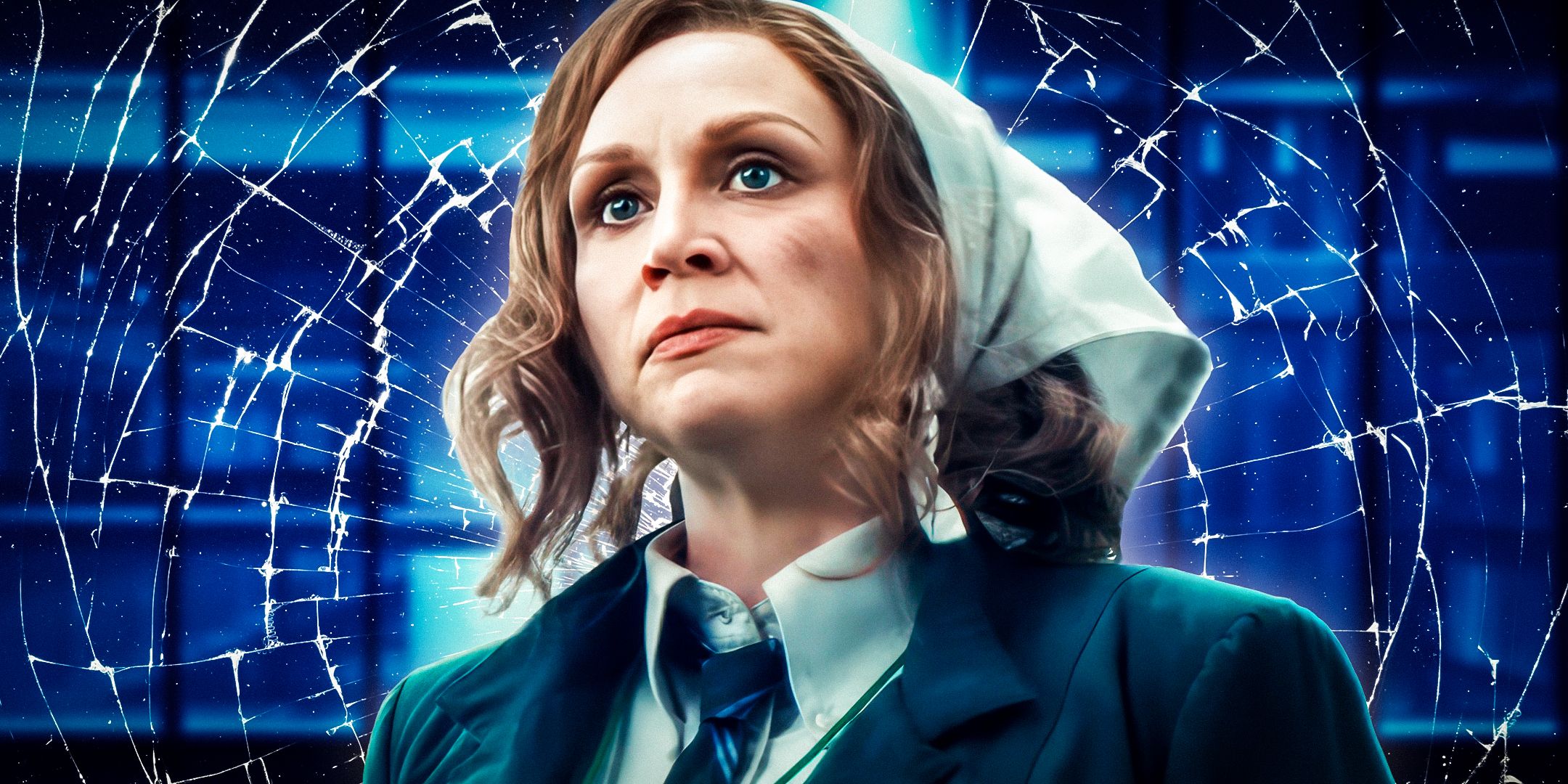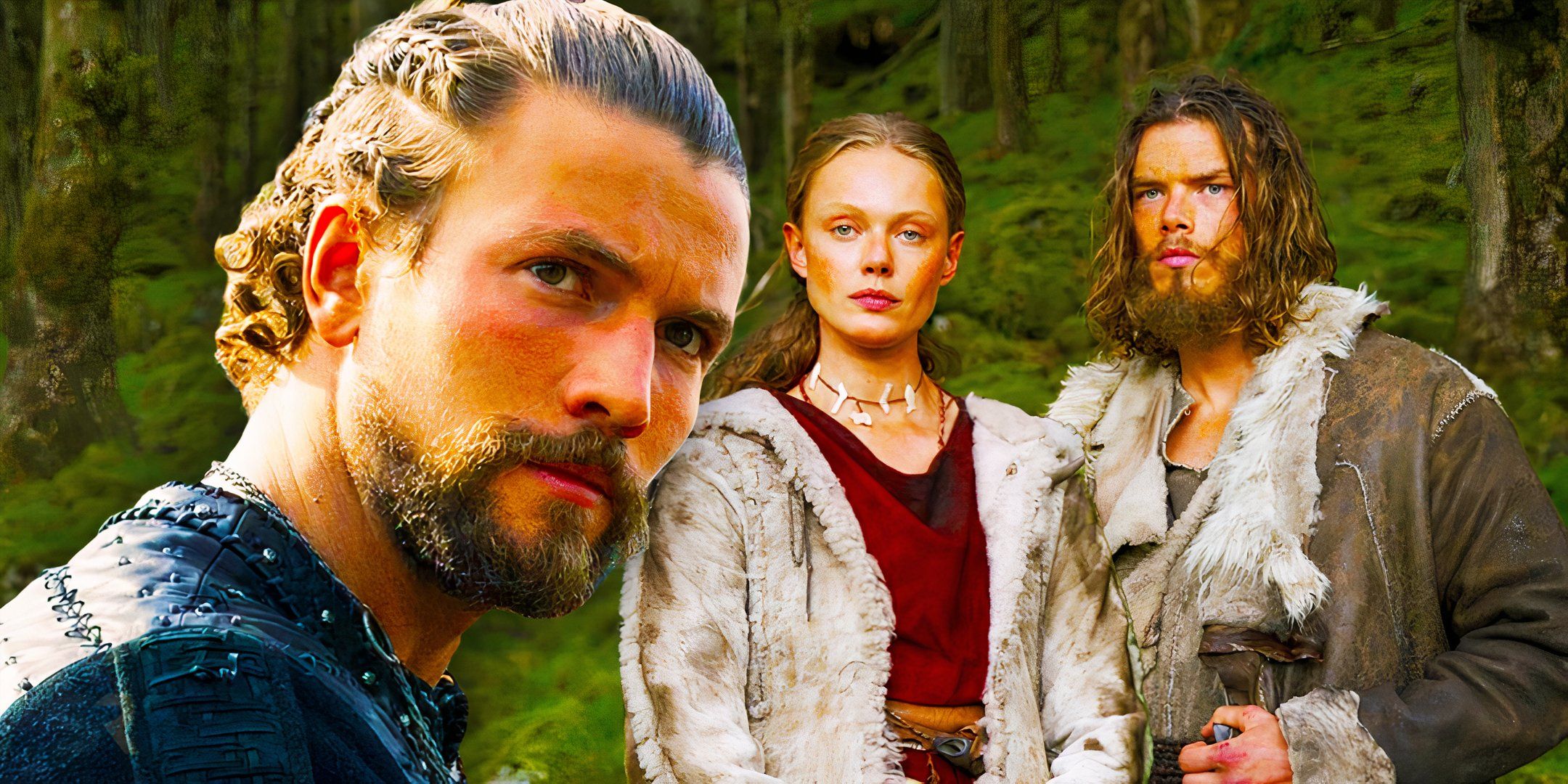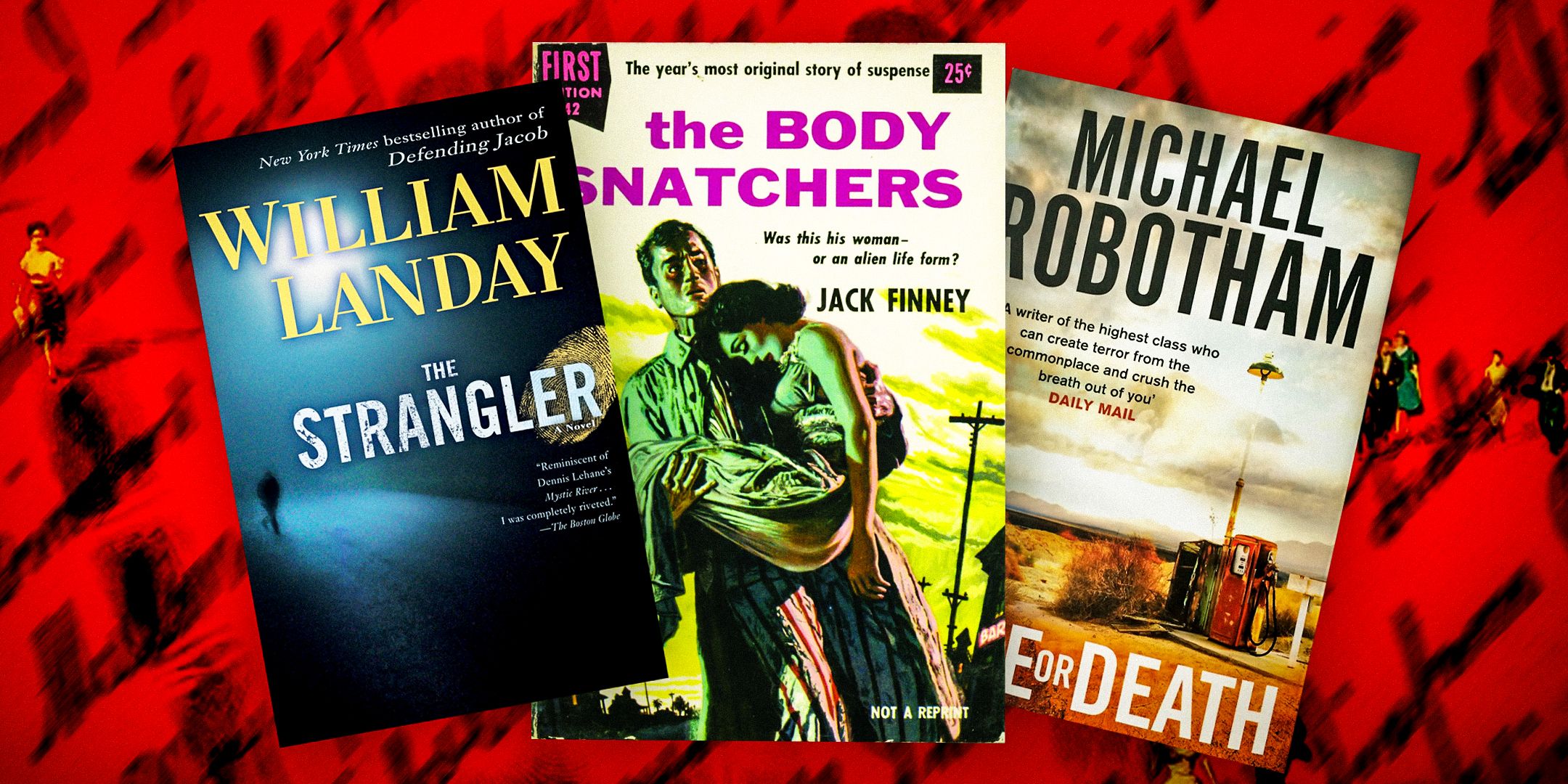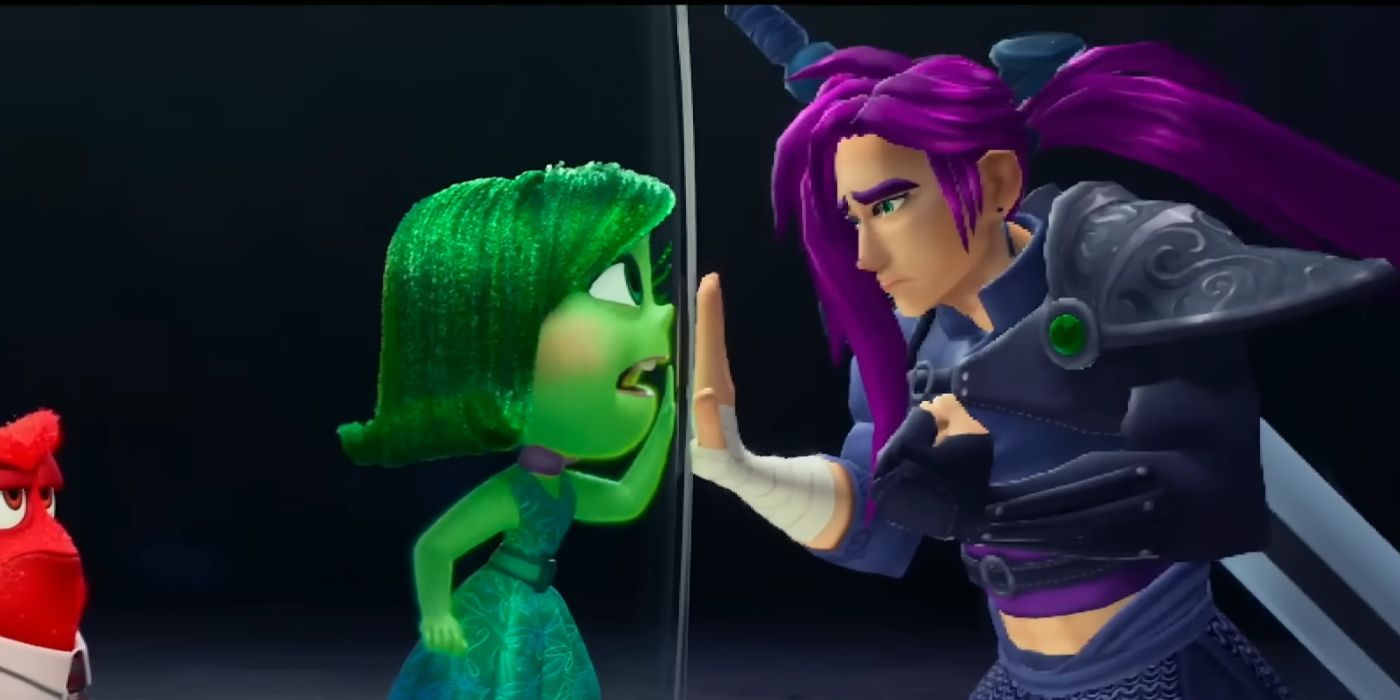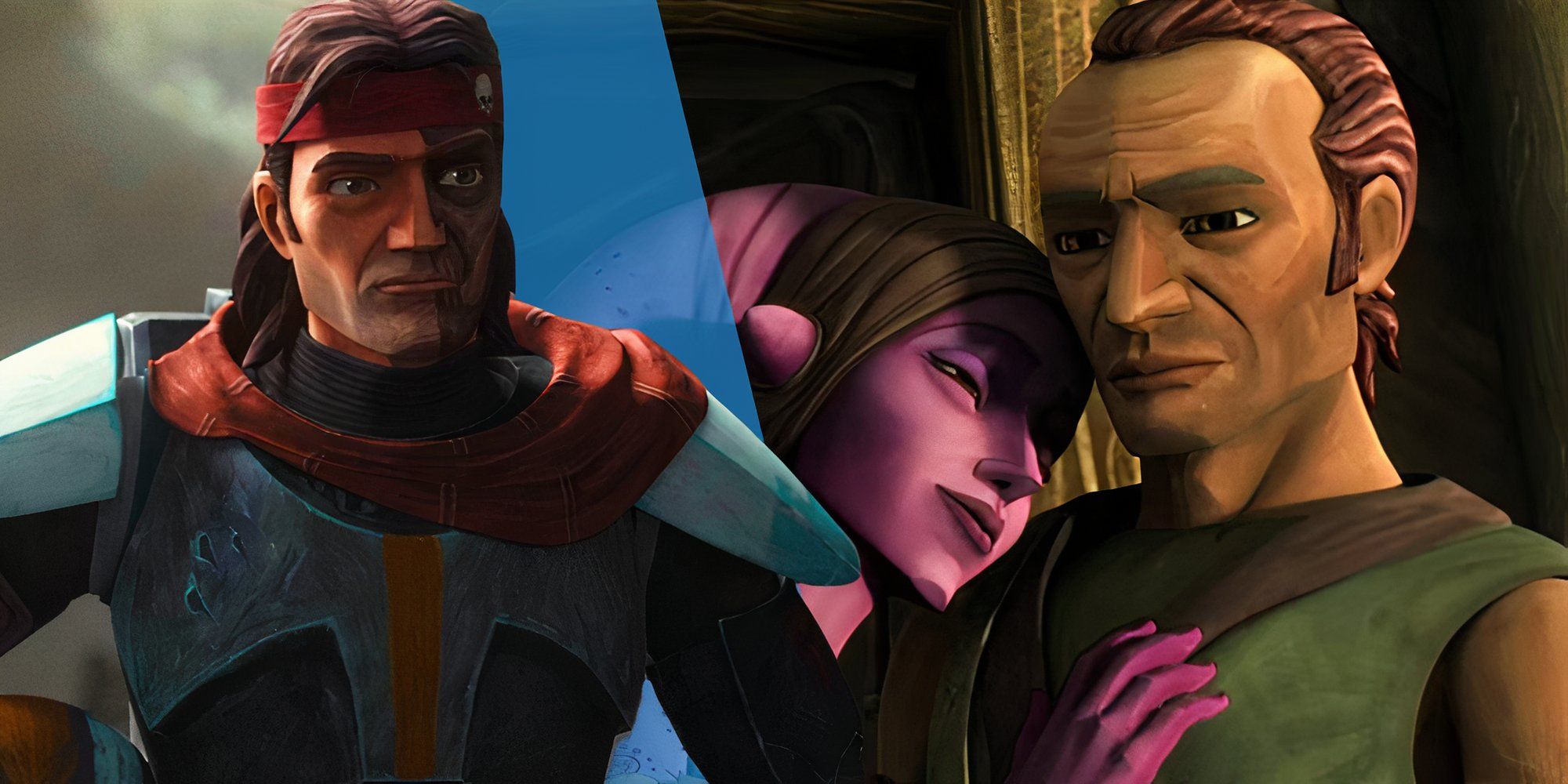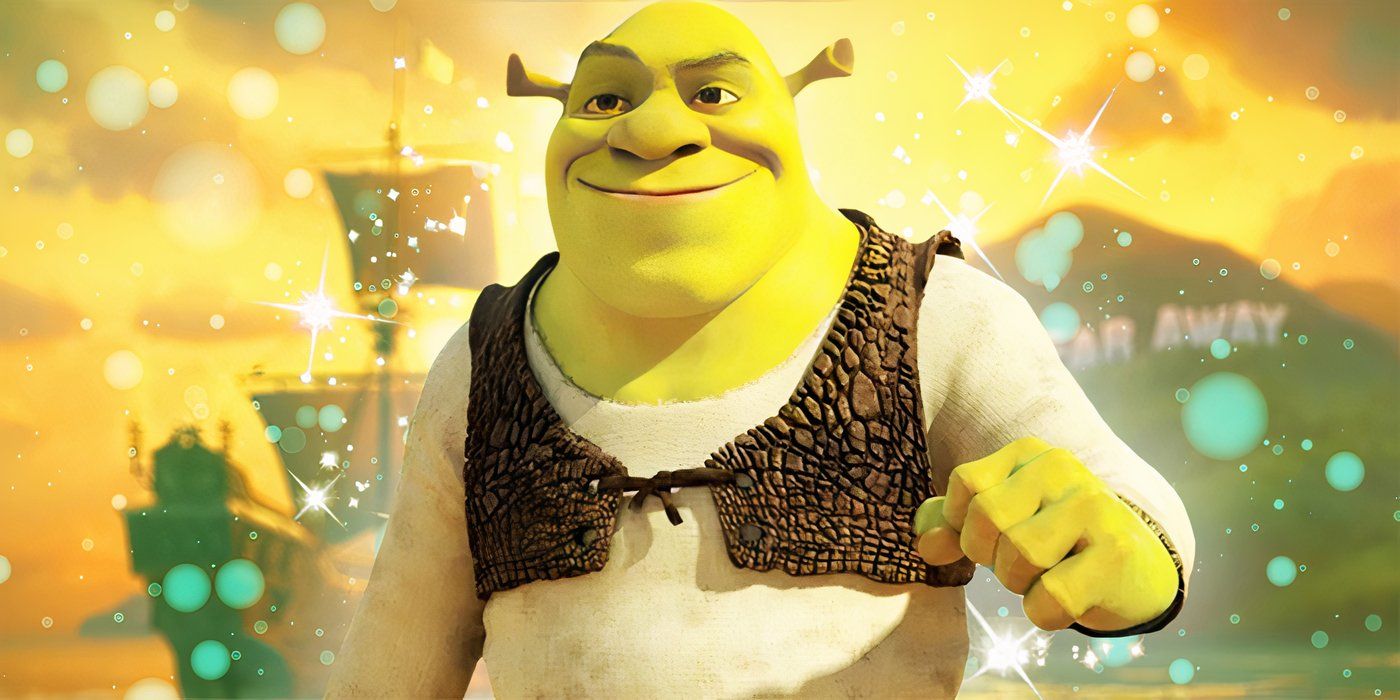Dwayne Johnson and Emily Blunt’s Jungle Cruise has become the latest movie to be adapted from a Disney Park ride, hitting number one in the box office chart on its opening, despite the challenges of the delta variant. It joins a handful of theme park rides that have turned into big-screen movie adaptations and if the projected success of the adventure movie pays off, there will presumably be more. But if it does work, it will be one of a minority of those Disney Park ride movies that can be counted as a success. Despite that track record, Disney insists that theme park rides are great options for movies.
Somewhat cynically called a Parks marketing ploy, designed to bring fans back to an old ride that’s been given a cultural and narrative face-lift, Jungle Cruise does have obvious ulterior motives. While some fans will be brought in by the appeal of its stars or the swash-buckling energy of the Indiana Jones movies, Disney is clearly hedging bets on the ride and movie existing as a shared experience and on each helping market the other. This is nothing new, of course: board game companies, video game developers, book publishers, and action figure makers have all sought to leverage existing fanbases into potential box office returns. Disney is an IP factory – or more appropriately an IP Monopoly player – and there are whole divisions geared towards wringing as much money out of them as possible. Why would the crown jewel of Disney’s theme parks be any different?
Despite several notable failures – and lots of lost money – Disney still believes there is an appetite from audiences to watch more movies and Disney+ TV shows based on their rides. For a company with a notoriously prudent focus on the bottom line, that might seem strange, but there are reasons behind the confidence. Here’s why Disney seems to insist that their theme park rides make good movies.
Disney’s History Of Ride-Based Movies
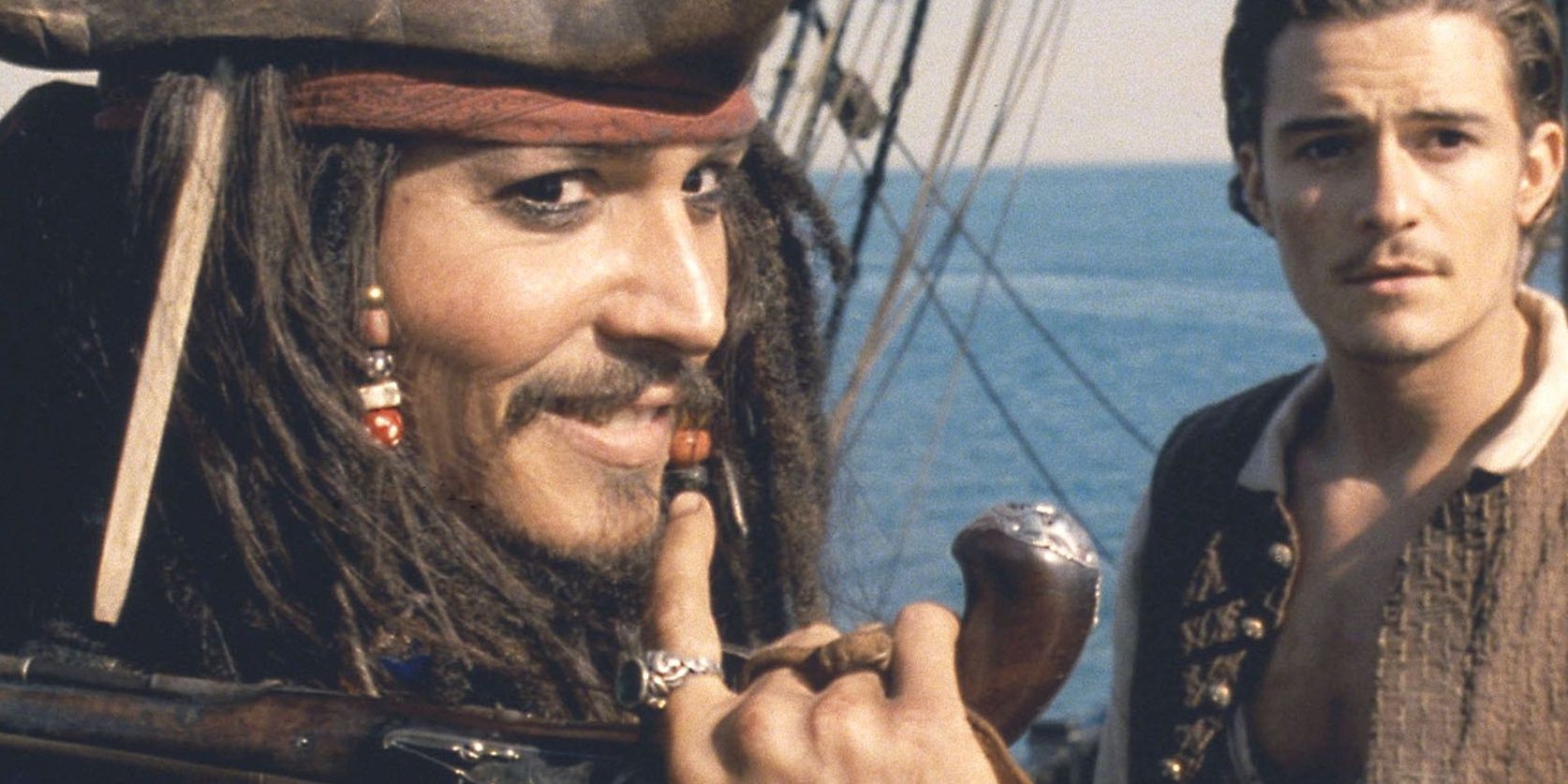
While Pirates of the Caribbean was the most notable of Disney’s ride movies, it was far from the first attempt to capitalize on the millions of dollars spent on Park access. The Tower of Terror, Mission To Mars, and The Country Bears all beat it to the big screen, with Eddie Murphy’s Haunted Mansion arriving the same year as The Curse of the Black Pearl. And even It’s A Small World almost came to fruition as a movie in the late ’70s – only killed by Disney’s pivot to chasing Star Wars‘ success with The Black Hole instead. In other words, the company’s famed fondness for exploitation of IPs was already in full flow even before the House of Mouse started buying up all of the industry real estate. And when Johnny Depp’s Pirates of the Caribbean started pulling in billion-dollar box office hauls, a firmer plan to adapt even more was always likely. Ultimately, that led to several Pirates of the Caribbean sequels (with yet more to come) and, to less fanfare, an adaptation of Tomorrowland that never quite knew what it wanted to be. The future will see another try at The Haunted Mansion, more Jungle Cruise (probably), and a rebooted Pirates line at the very least.
How Many Of Disney’s Ride Movies Are Actually Good?
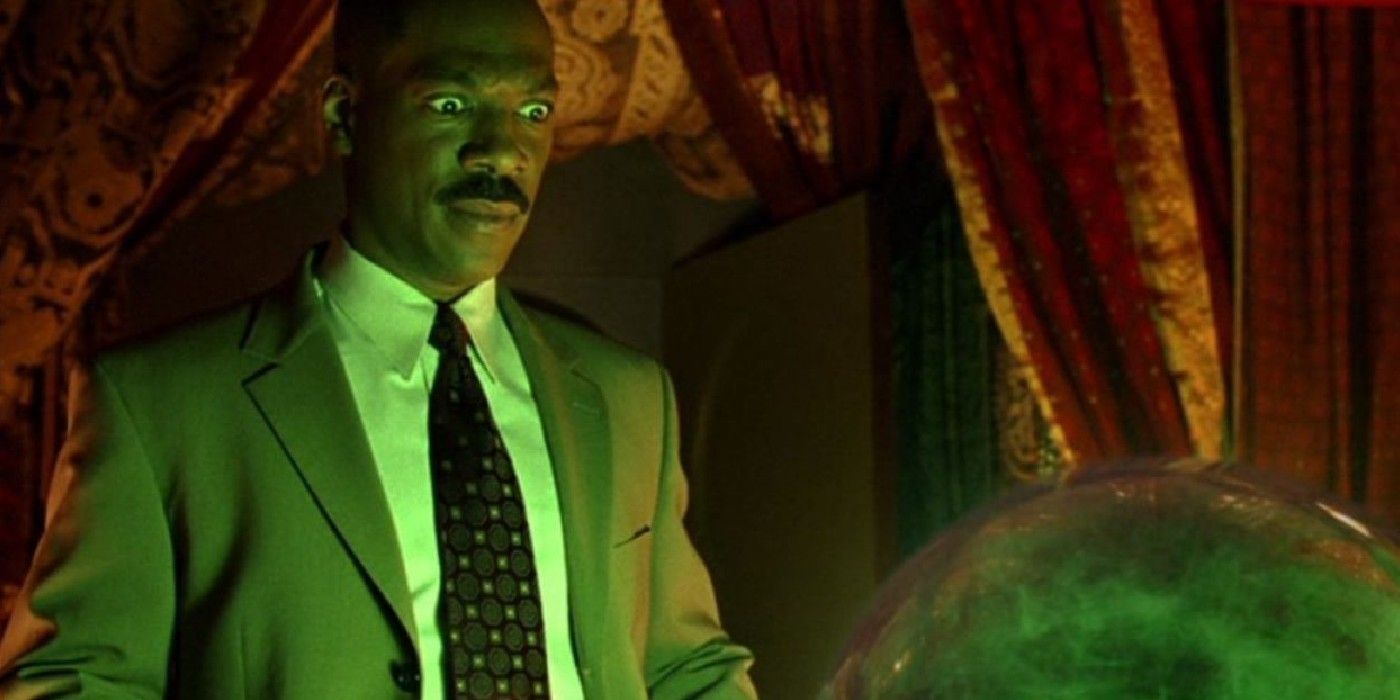
The problem with the idea that a Disney ride being successful should mean it will work as a movie is that it’s simply not a guarantee. It’s also a slightly strange assumption, given that pretzels sell incredibly well at Disney World too: what should matter most is narrative potential, which isn’t always entirely obvious in the rides themselves. Eddie Murphy’s Haunted Mansion movie failed to capture wider levels of attention because it was neither good nor a good adaptation: there was no real understanding of why the original ride was successful nor a convincing attempt to introduce the narrative that the ride lacked. But that movie was vastly better than The Country Bears, which had a great cast and great technicals to boast, but which failed to really sell itself as anything other than an inane cash-in. That it’s mostly wiped from the collective Disney memory is no accident.
Mission to Mars is largely overlooked because of the weight of comparison to Brian DePalma’s other works, but it is far from a good movie. And as an adaptation of a theme park ride – which, by design, should appeal broadly – it’s way too adult for the primary demographic. The visuals are great, but ultimately, it’s Tim Robbins’ haunting sacrifice as Woody Blake that lasts in the memory, and it felt like any similarities to the discontinued ride were merely coincidental. Nobody who enjoyed the original Rocket to the Moon felt nostalgic pangs at watching his head freeze in the vacuum of space. And the land that Mission to Mars once sat in, Tomorrowland, sadly fared little better when it was adapted by Brad Bird into a visually stunning but narratively uneven movie. Audiences recoiled in antipathy and critics shrugged.
But it hasn’t all been disastrous, even though Jungle Cruise‘s reviews are very mixed because Pirates of the Caribbean is a legitimate powerhouse at the box office. Even the worst movies in that franchise pull in astronomical figures and Disney are confident enough in the IP that they believe they can advance beyond the Johnny Depp chapter by dropping Captain Jack Sparrow altogether. Fan backlash suggests that may not be the smartest move, especially given the modern coldness on pirate movies for the most part. But as long as those box office results continue to put dollar signs in the famous mouse’s eyes, fans can expect to see more Pirates movies.
How True To Disney’s Rides Are The Movies?
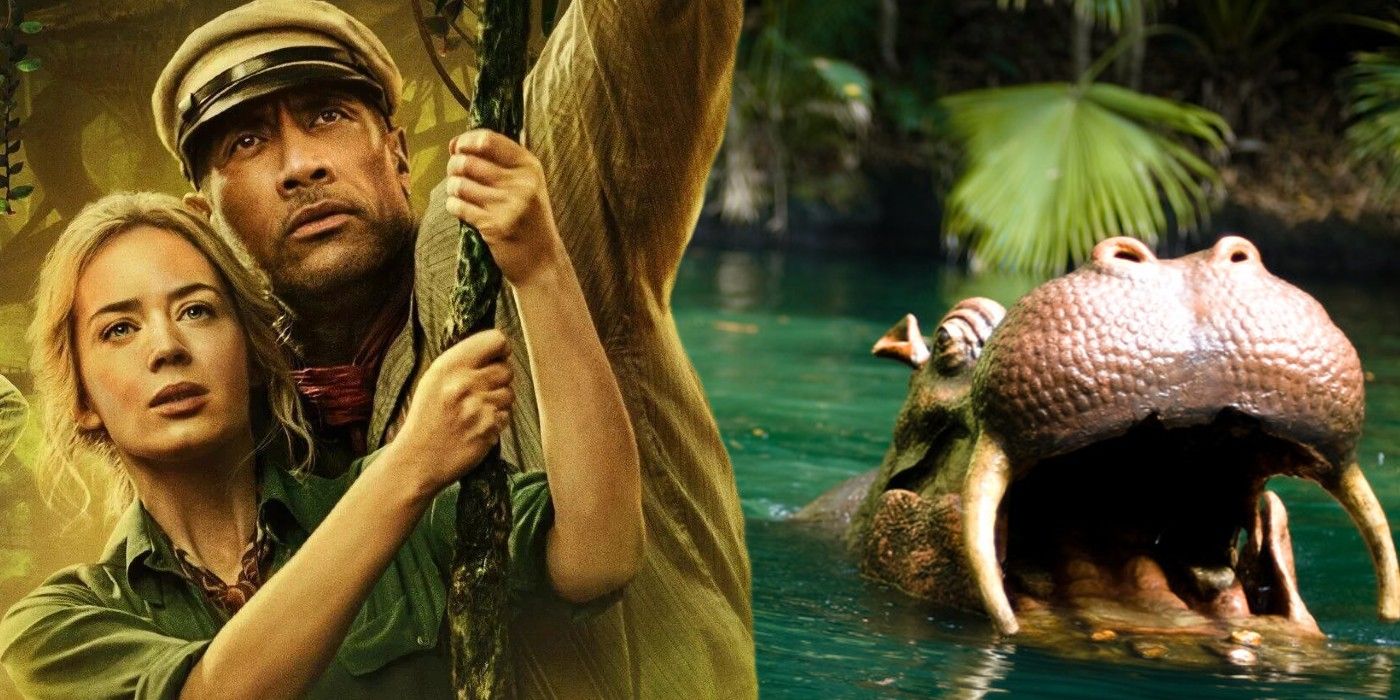
The biggest issue for Disney is that the movies inspired by the rides cannot be too close to the rides themselves, because of narrative issues and yet they need to appeal to the fans of the rides at the same time. If Disney is attempting to leverage that fandom – which exists in a very committed, large community – they cannot simply slap the name of their rides onto a wholly original property and expect it all to work magically. Even Marvel Studios attracts criticism for quite cynically using the titles of major Marvel comics arcs and adapting entirely new stories into them, and Disney Parks don’t have the built-up goodwill Marvel does.
So far, the strategy has largely followed that same “name visibility” approach that Marvel Studios has often employed: the fidelity of the movies to their ride inspirations is best characterized as “loose”. And in some cases, even that descriptor would be pulling heavy duty. But in most cases, the narrative approach, which started with 1997’s Tower of Terror, is geared towards taking the backstory of the rides, which Disney count on Park patrons to pay enough attention to as part of the ride experience and expanding upon them. The Steve Guttenberg-starring TV movie took the story of the five missing hotel guests and added an investigative journalist, in an inspired move that didn’t really translate into a great movie. Fundamentally, each adaptation follows a similar track: Disney takes characters from the rides or those narrative elements that punctuate the ride thrills and expand them. Sometimes they do it well, as in Pirates of the Caribbean, and sometimes they do not, as in Mission to Mars. The rides may not be the same as the movies they inspire, but Disney’s approach means that doesn’t matter.
Unfortunately, that’s not entirely faultless as an approach. The balance still has to be there or the brand recognition doesn’t work. Mission to Mars barely even registers as a Disney Parks movie and sits in the same sort of bracket as Battleship in terms of a company cashing in on an IP without any consideration for how the movie experience sits alongside the original. It’s a little like adapting the Harry Potter books, but making Harry Potter a stage magician in an entirely different story and hoping that people who liked the books would get enough from seeing the name they recognize on the title screen alone.
In more recent examples, like the Pirates of the Caribbean movies and now Jungle Cruise, Disney has made conscious efforts for the movies to reverse engineer the rides to bring the film audiences into the rides as the secondary experience. The Pirates ride now features Jack Sparrow, which it never did before Johnny Depp brought him to life, for instance. And Jungle Cruise changed the ride to add more modern sensibilities and remove or change some of the problematic elements – like the idea of superior white settlers and reductive native stereotypes like Trader Sam. The movie offered an opportunity to make updates that were long-planned and which also included adding far more narrative depth that would ultimately also help turn ride fans into interested movie patrons by offering narrative threads they could unpick on screen. Really, Jungle Cruise is about nostalgia and there’s more of a sense that the film and ride are united by their shared links to The African Queen rather than being twins.
Why Disney Keep Making Disney Ride Movies
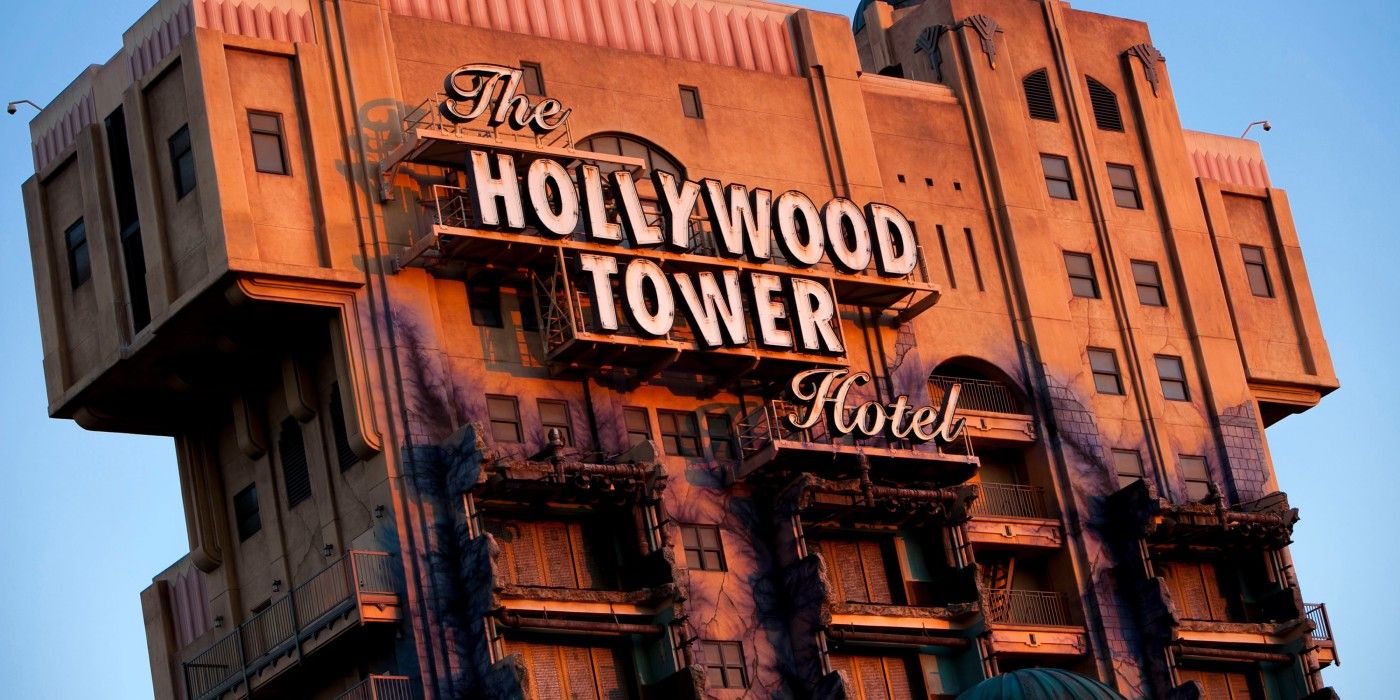
As well as more Jungle Cruise and a new take on The Haunted Mansion ride, Disney has plans to expand their ride adaptations into a series of Magic Kindom Disney+ shows from Battlestar Galactica and Outlander show lead Ronald D Moore. That much is somewhat inevitable given the platform’s strategies so far. Whether those future projects can do better than the majority of the movies that have been inspired by Uncle Walt’s theme parks so far remains to be seen, but it doesn’t appear to be a strategy Disney is at all eager to move away from. Looking for the reason why, it all boils down to money and brand awareness and that’s something Disney’s Parks can count on in spades.
The money point is probably the single most compelling point in this conundrum. After all, Pirates of the Caribbean might never have gone on to earn almost $5bn at the global box office in the first place, because Michael Eisner infamously lost confidence that it was worth the enormous amounts being spent on it. Money greases all wheels and if Disney can recreate the franchise appeal of Pirates, which Jungle Cruise seems aimed squarely at and the Disney+ show plans confirm, they can add the kind of repeated box office guarantee that drives the whole franchise approach. Audiences aren’t getting Fast & Furious movies every couple of years, or Marvel movies 4 or 5 times a year or multiple Avatar sequels because there are stories that need to be told: they all exist because for all of the hand-wringing on film Twitter about the death of original movies, audiences like familiarity and corporations love providing bankable success stories. Ultimately, that’s the business Disney is in: it’s not about making movies, it’s about making sure things.
